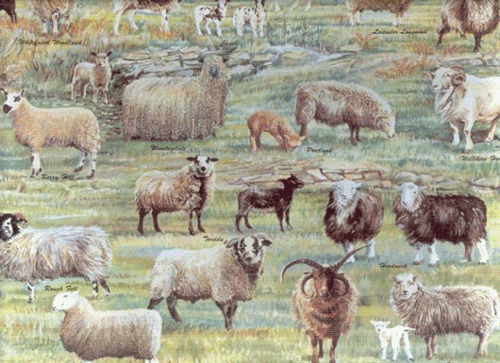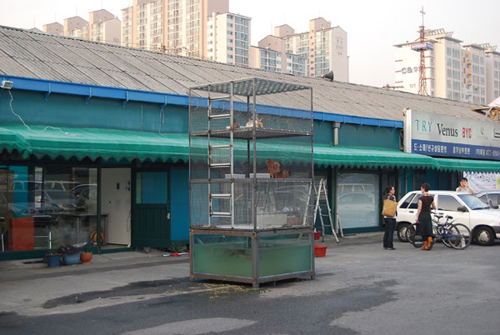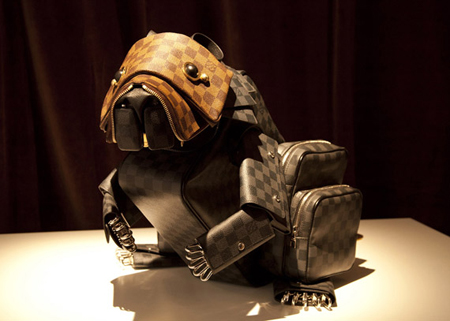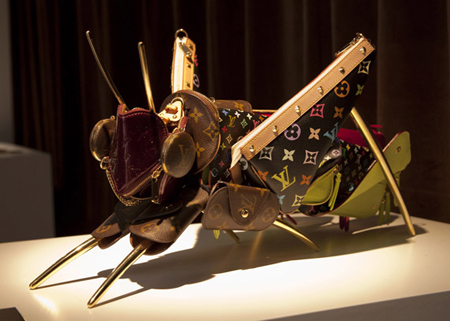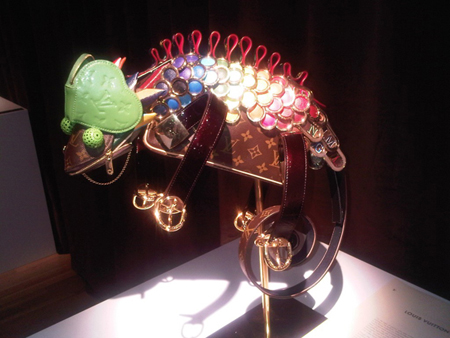Captive Landscapes
Brooklyn-based artist Daniel Kukla photographed the interiors of animal enclosure at 15 different zoos across the US and Europe. He says in his Artist Statement: »We, as humans, go to great lengths to satisfy our desire for a connection with the natural world, especially in our interactions with wild and exotic animals. Zoos are the primary site for this relationship, but they often obscure the conflicts inherent in maintaining and displaying captive wild animals.«
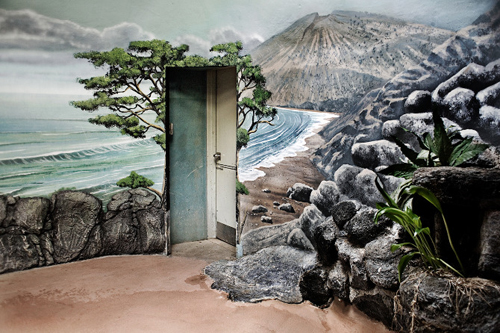
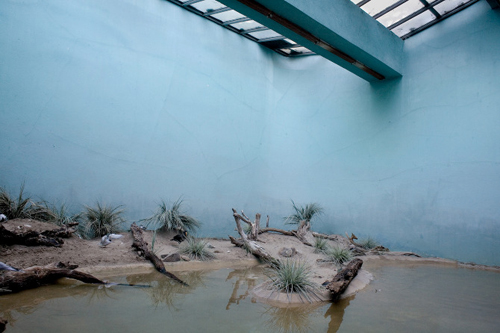
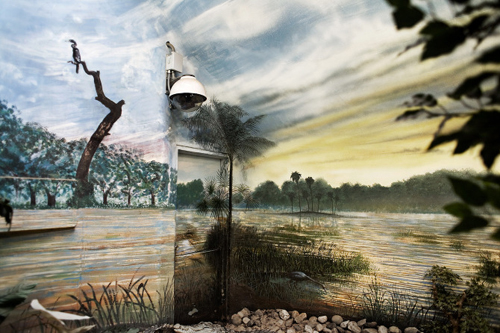
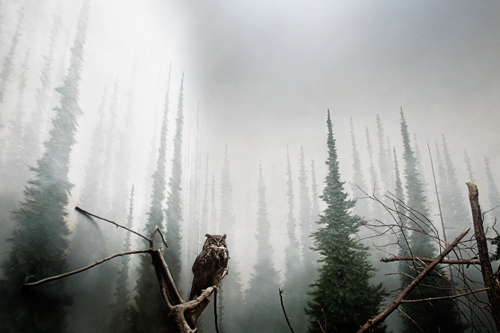
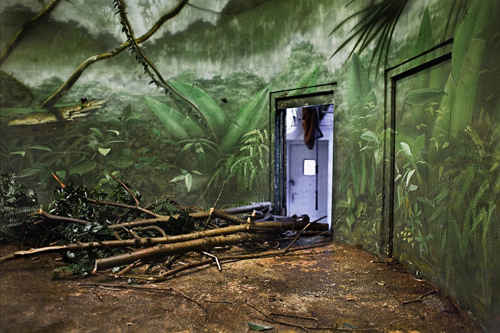
All images © Daniel Kukla.

